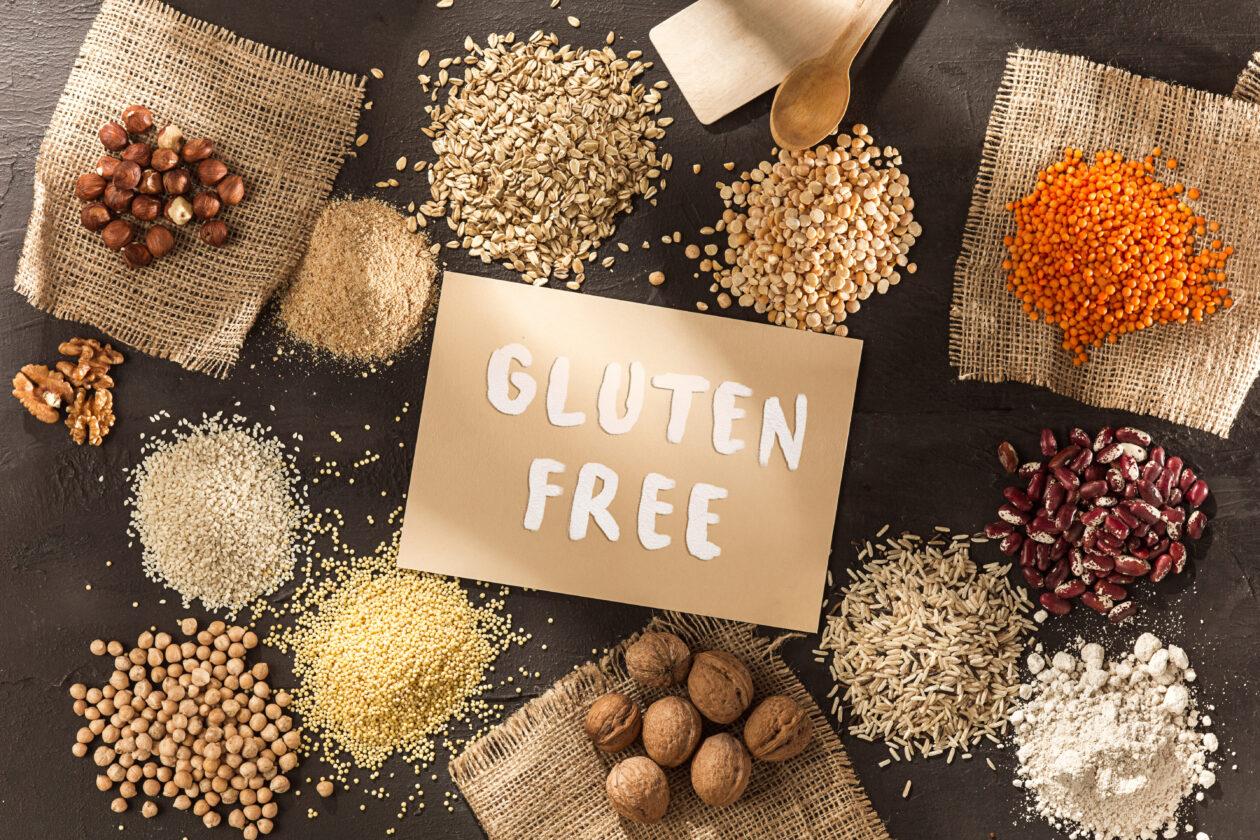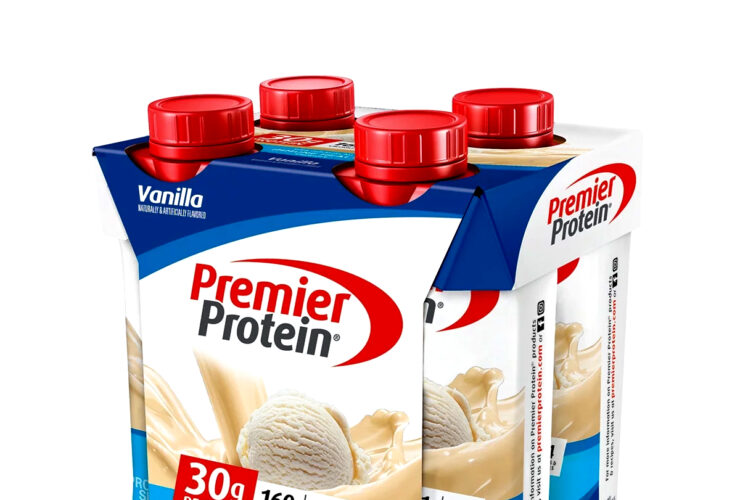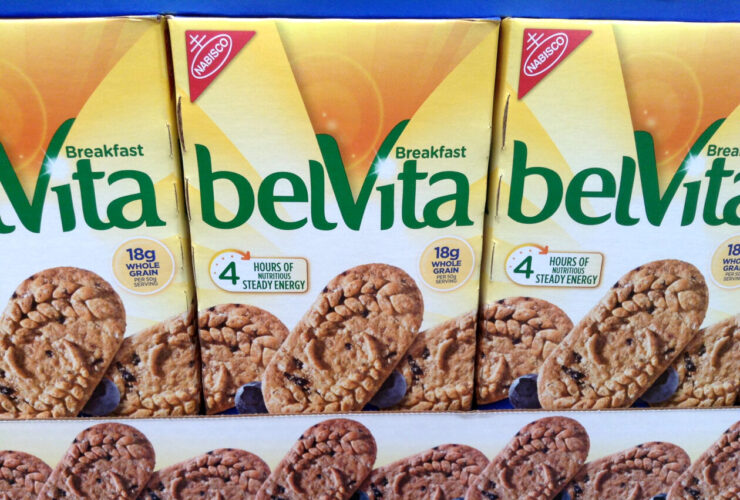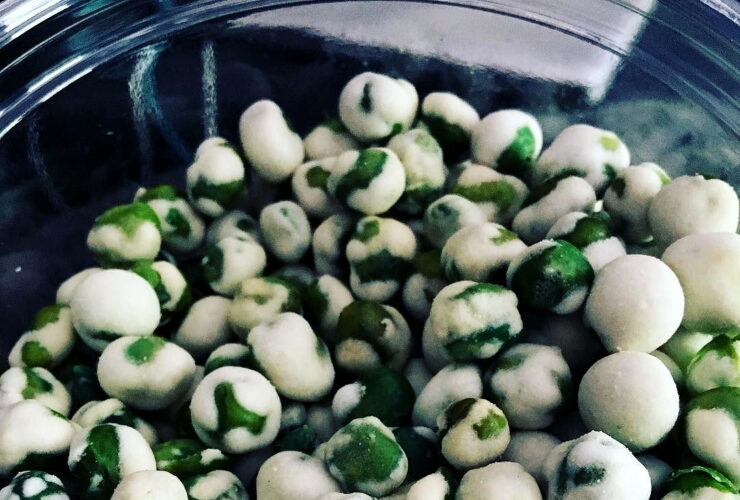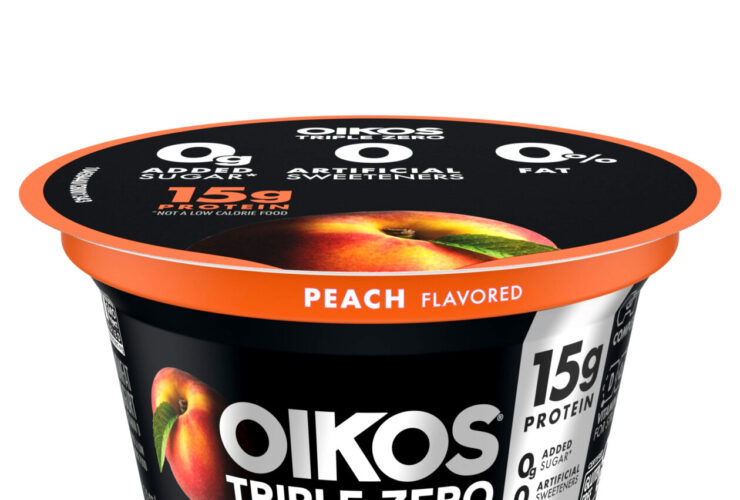Introduction
The shift towards plant-based diets has gained momentum in recent years, driven by health, sustainability, and animal welfare concerns. As more individuals seek alternatives to traditional meat products, the market for plant-based meat has flourished, offering innovative options that cater to a diverse range of dietary needs and preferences. In this comprehensive guide, we delve into the world of gluten-free plant-based meat, providing valuable insights, recipes, and nutritional considerations for conscious consumers looking to make informed choices about their food.
Understanding Gluten-Free Plant-Based Meat
Gluten-free plant-based meat refers to substitutes free from gluten, a protein in wheat, barley, and rye. This distinction is crucial for individuals with gluten sensitivities or celiac disease, who must avoid gluten-containing foods to prevent adverse health effects. Gluten-free plant-based meat mirrors traditional meat’s taste, texture, and nutritional profile while offering a cruelty-free and sustainable alternative.
Exploring Ingredients and Substitutes
Crafting gluten-free plant-based meat involves a creative combination of ingredients such as legumes, nuts, seeds, and mushrooms. These versatile ingredients are the foundation for meat alternatives, providing essential nutrients, texture, and flavor. Soy curls, lentils, tempeh, and jackfruit are among the top substitutes for replicating the taste and texture of meat, offering a satisfying culinary experience for plant-based enthusiasts.
Health Benefits and Nutritional Considerations
Gluten-free plant-based meat boasts a nutrient-rich profile, offering ample protein, fiber, vitamins, and minerals essential for overall health and well-being. Unlike traditional beef, which may contain saturated fat and cholesterol, plant-based meat alternatives are cholesterol-free and lower in saturated fat, making them heart-healthy. Additionally, the fiber content in plant-based meat aids digestion and promotes satiety, contributing to weight management and reducing the risk of chronic diseases such as diabetes and cardiovascular disorders.
Culinary Creativity
Creating delicious gluten-free plant-based meat dishes involves balancing flavors and textures. Here are straightforward tips to elevate your culinary creations:
- Layer Flavors: Experiment with fresh herbs, spices, citrus zest, and aromatics like garlic and ginger to enhance the depth of taste in your dishes.
- Texture Variation: Mix different gluten-free plant-based meat substitutes for a satisfying texture. Combine lentils with chopped mushrooms or chickpeas with nuts for added crunchiness.
- Homemade Sauces: Make your sauces and dressings to complement your dishes. Try a tangy barbecue sauce, creamy tahini dressing, or zesty salsa for added flavor.
- Global Flavors: Explore global cuisines for inspiration. Incorporate Mexican chipotle seasoning for tacos or use a soy-ginger marinade for Asian-inspired stir-fries.
- Presentation: Pay attention to the presentation by arranging colorful vegetables and garnishes to make your dishes visually appealing.
By following these practical tips, you can create flavorful, gluten-free, plant-based meat dishes that are delicious and satisfying without overwhelming the reader with distracting language.
Practical Tips for Incorporation
Incorporating gluten-free plant-based meat into your daily meals is easy with practical tips and meal-prepping strategies. Plan by stocking up on essential ingredients and prepping batch meals for convenience. Store gluten-free plant-based meat properly to maintain freshness and flavor, and utilize reheating and flavor-enhancing techniques for optimal culinary experiences.
Addressing Common Concerns and Misconceptions
When selecting gluten-free plant-based meat products, being vigilant about allergen awareness is essential. Read labels carefully to identify potential allergens and cross-contamination risks, especially for individuals with allergies or intolerances. Take necessary precautions to prevent allergic reactions and ensure a safe dining experience.
Environmental and Ethical Considerations
Choosing gluten-free plant-based meat alternatives over traditional meat production has a positive environmental impact. Plant-based meat helps conserve water, reduce greenhouse gas emissions, and preserve natural resources by reducing reliance on animal agriculture. Additionally, opting for cruelty-free options promotes ethical considerations related to animal welfare and fosters a more compassionate food system.
Market Trends and Future Outlook
The demand for gluten-free plant-based meat products continues to surge as consumers embrace healthier, more sustainable dietary choices. Analyze current market trends driving this demand and anticipate future developments and innovations in the plant-based food industry. With growing awareness and accessibility, gluten-free plant-based meat is poised to revolutionize eating and living.
Conclusion
Gluten-free plant-based meat offers a delectable, nutritious, and sustainable alternative to traditional meat products. By embracing culinary creativity, nutritional awareness, and environmental consciousness, consumers can enjoy delicious meals while contributing to a healthier planet. Whether you’re a seasoned plant-based enthusiast or a curious newcomer, incorporating gluten-free plant-based meat into your diet is a flavorful journey worth exploring.
References
Center. (2022). Questions and Answers on the Gluten-Free Food Labeling Final Rule. Retrieved May 9, 2023, from U.S. Food and Drug Administration website: https://www.fda.gov/food/food-labeling-nutrition/questions-and-answers-gluten-free-food-labeling-final-rule
Andreani, G., Sogari, G., Marti, A., Froldi, F., Dagevos, H., & Martini, D. (2023). Plant-Based Meat Alternatives: Technological, Nutritional, Environmental, Market, and Social Challenges and Opportunities. Nutrients, 15(2), 452. https://doi.org/10.3390/nu15020452
Was this helpful?

Joseph Emb, RDN
Founder of StyleVitally.com | Registered Dietitian & Wellness Advocate
What I Cover:
I’m passionate about connecting nutrition science and everyday wellness to help people live healthier, more vibrant lives. I write about evidence-based nutrition, mindful eating, sustainable lifestyles, and holistic well-being at StyleVitally.com.
My Background:
The University of Texas in Austin, where I earned my Dietetics diploma, laid the groundwork for my nutrition and health career. My training and hands-on experience taught me the science and art of using nutrition to enhance health and well-being.
Professional Journey:
I’m an RDN with lots of experience. I’ve helped people seeking tailored nutritional recommendations in clinical settings and community outreach programs. My constant learning and professional development ensure that my recommendations are always based on the latest evidence.
Ethical Commitment:
My practice prioritizes integrity. My content is transparent and objective, following the most significant ethical standards. I can give my audience unbiased advice because I’m not affiliated with food businesses or industry associations. I want to help people make informed health decisions that match their values and ambitions.
Join Me on the Wellness Journey:
Join me on the path to vitality and well-being, whether facing nutritional issues, seeking sustainable lifestyle changes, or simply wanting a better, happier you. We’ll discover how diet, mindfulness, and holistic well-being can maximize your potential.


